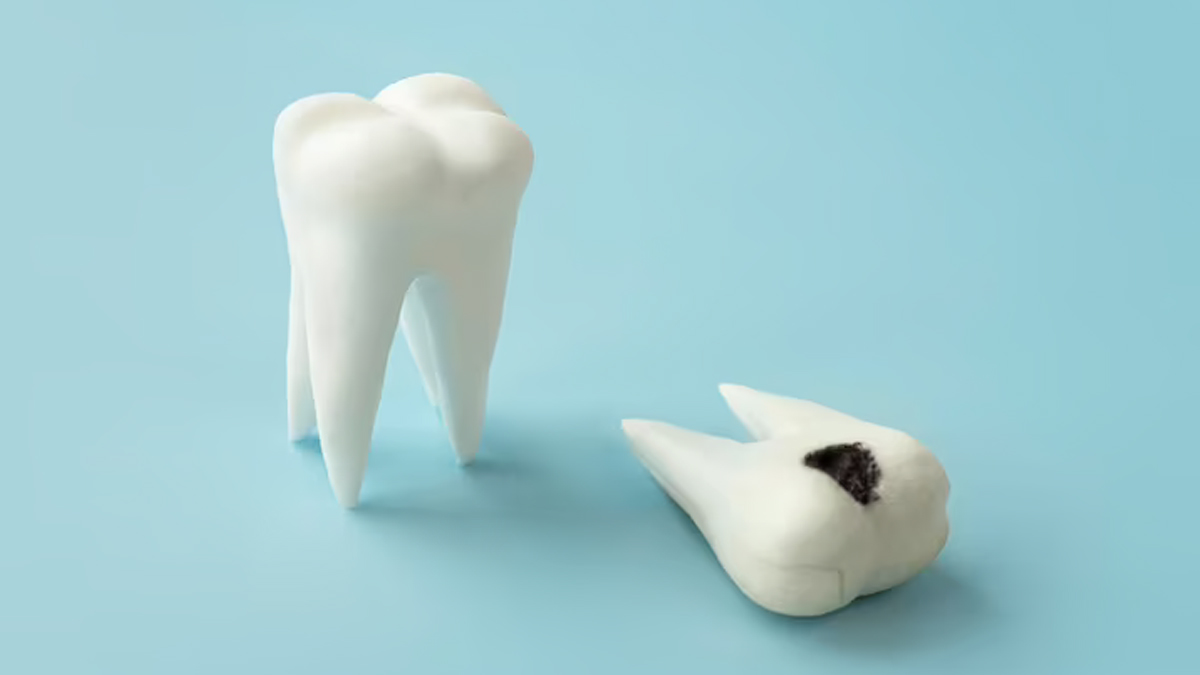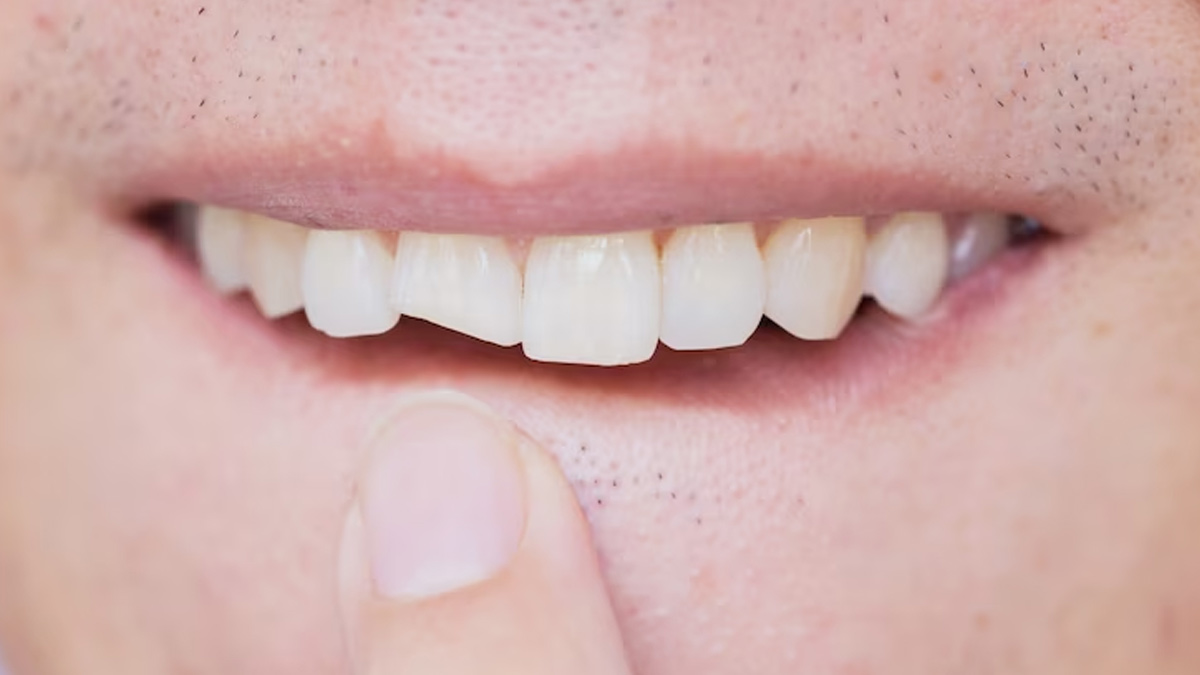
Cracked tooth syndrome is a dental condition characterised by a small crack or fracture in the tooth. This condition can affect any tooth, but it is most common in the molars, which are the back teeth that are used for chewing. Cracked tooth syndrome can cause various symptoms, including pain, sensitivity, and discomfort when eating.
Table of Content:-
Causes of Cracked Tooth Syndrome
There are many factors that can contribute to the development of cracked tooth syndrome. One of the most common causes is trauma to the tooth, which can occur from biting down on something hard or from a blow to the face.
Apart from this, other causes include grinding or clenching of the teeth, which can put extra pressure on the teeth and cause them to crack over time. In some cases, weakened or brittle teeth due to age, previous dental work, or other factors may also contribute to the development of cracked tooth syndrome.

Also Read: What Are Chipped Teeth & How You Can Fix Them
Symptoms of Cracked Tooth Syndrome
The symptoms of cracked tooth syndrome can vary depending on the severity and location of the crack. Some people may experience no symptoms at all, while others may experience sharp pain when biting down on certain foods or when the tooth is exposed to hot or cold temperatures. Other common symptoms of cracked tooth syndrome include sensitivity to sweet or sour foods, discomfort when chewing or biting, and pain that comes and goes without any apparent cause.
Diagnosis of Cracked Tooth Syndrome
Diagnosing cracked tooth syndrome can be challenging, as the symptoms can be similar to those of other dental conditions, such as cavities or gum disease. Your dentist will begin by conducting a thorough exam of your teeth and gums and taking X-rays to look for signs of a crack or fracture. If the crack is small or difficult to see on an X-ray, your dentist may use a special dye or a magnifying tool to identify the location of the crack.
Treatment of Cracked Tooth Syndrome

The treatment for this dental issue will depend on the severity and location of the crack. In some cases, a simple filling or crown may be all that is needed to repair the crack and prevent further damage to the tooth. If the crack is severe, your dentist may recommend a root canal or even extraction of the tooth.
Also Read: Crooked Teeth: How They Influence Your Oral Health
Prevention of Cracked Tooth Syndrome
While it may not always be possible to prevent cracked tooth syndrome, there are several steps you can take to reduce your risk of developing this condition. These include:
- Wearing a mouthguard when participating in sports or other physical activities could result in a blow to the face.
- Avoiding hard or crunchy foods that could cause trauma to the teeth.
- Using a nightguard if you grind or clench your teeth while sleeping.
- Maintaining good oral hygiene habits, including brushing and flossing regularly and visiting your dentist for regular checkups and cleanings.
Bottomline
Cracked tooth syndrome is a dental condition that can cause a range of symptoms, including pain, sensitivity, and discomfort when eating. While it can be difficult to diagnose and treat, there are several steps you can take to prevent this condition from developing, such as wearing a mouthguard, avoiding hard foods, and maintaining good oral hygiene habits. If you suspect that you may have cracked tooth syndrome, it is important to seek prompt treatment from a qualified dentist to prevent further damage to your teeth and gums.
Image Credits: freepik
Also watch this video
How we keep this article up to date:
We work with experts and keep a close eye on the latest in health and wellness. Whenever there is a new research or helpful information, we update our articles with accurate and useful advice.
Current Version